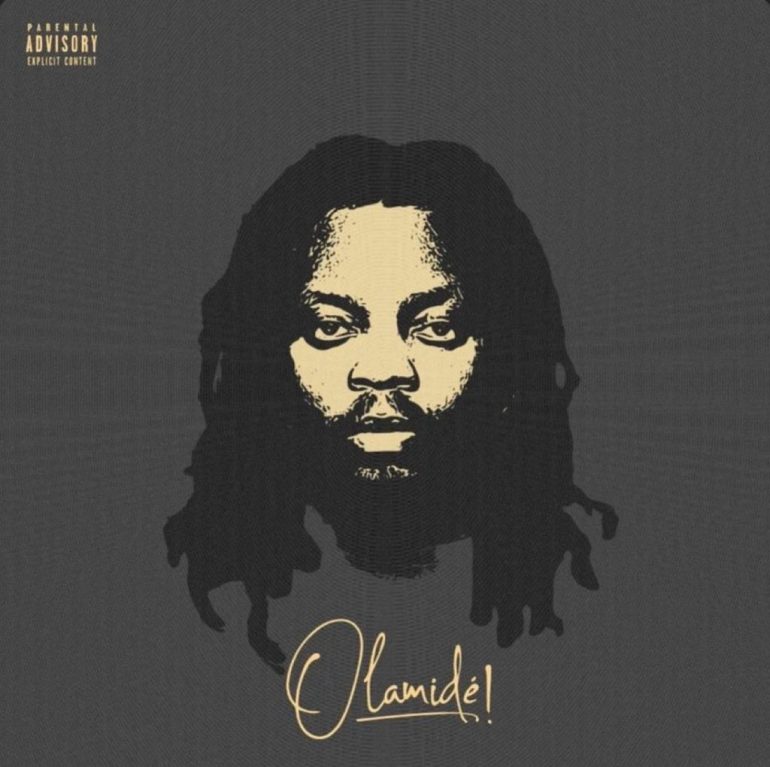With his 11th studio album, the self-titled Olamidé, the YBNL boss isn’t just cementing his legacy; he’s actively curating the future of Afrobeats in real-time. While any project from an artist of his stature will inevitably be viewed through the lens of their historical impact, to see this album as mere reinforcement is to miss the point. Olamidé is a masterclass in strategic evolution, a project that positions the rapper not just as a king, but as a deft and visionary kingmaker.
The initial shock for many on the 17-track list wasn’t the expected, and always welcome, collaboration with Wizkid, or the inclusion of his YBNL progeny. It was the jaw-dropping appearance of the legendary Dr. Dre on the track “Indika.” This isn’t just a random flex; it’s a statement of intent. It signals an artist who is not content to rest on his laurels as a local champion but is instead building bridges and seeking new sonic palettes. This collaboration, alongside the reggae-infused “Rain” with Popcaan, demonstrates a global ambition that is calculated and artistically driven.
This outward gaze is balanced by a deep commitment to the home front, which is where the album’s true genius lies. Olamide has always been a star-maker, but on Olamidé, this role is integrated into the very fabric of the album. He shares the spotlight with artists he has nurtured, like Asake and Young Jonn, and co-signs the new wave with features from Seyi Vibez and Muyeez. The chart-topping “99” is a perfect example, a posse cut that feels less like a collection of features and more like a cohesive statement from the Olamide-led school of Afrobeats. He is not just giving them a platform; he is weaving their sound into his own, creating a rich tapestry that reflects the current state of Nigerian street-pop because he is its primary architect.
In an interview with Apple Music, Olamide mentioned wanting to “create more mellow sounds for listeners who prefer laid-back tracks.” This is evident in the album’s production. While the raw, high-energy street anthems that defined his early career are still present, they are complemented by a more refined, jazz-bar coolness. Tracks like “Luvaluvah” and “Duro” showcase a more mature, introspective artist, one who is comfortable exploring new sonic textures without losing his core identity. This isn’t an artist desperately trying to keep up with trends; this is an artist who sets them.
While his last album, Unruly, was a triumphant return to his street-hop roots, Olamidé is a more expansive project. It is the sound of an artist and an executive who understands his power. He is using his platform not just to extend his own career, but to build an entire ecosystem. The album is a living blueprint for longevity in the notoriously fickle music industry: innovate, collaborate, and elevate. By doing so, Olamide proves that his greatest legacy may not be his own impressive catalogue, but the generation of artists he is bringing along with him.


